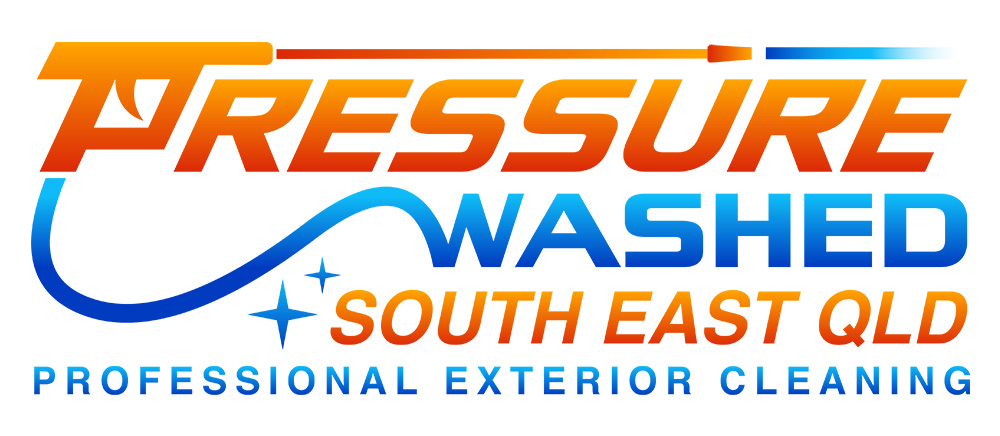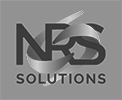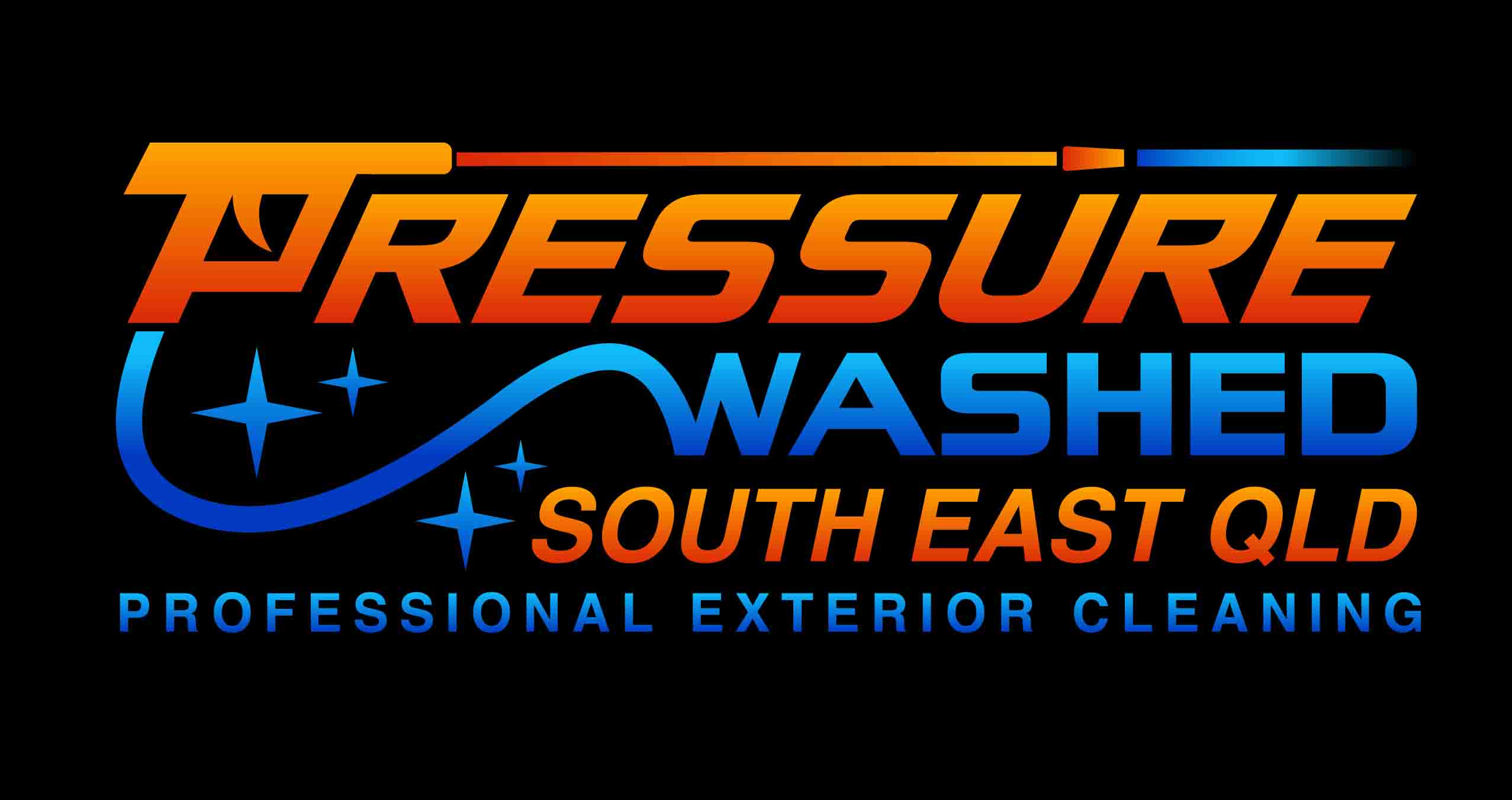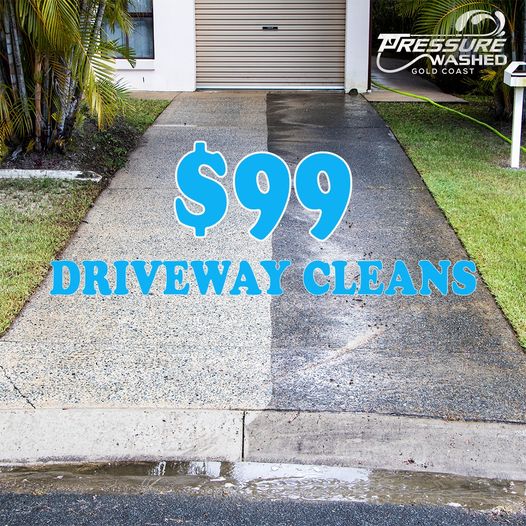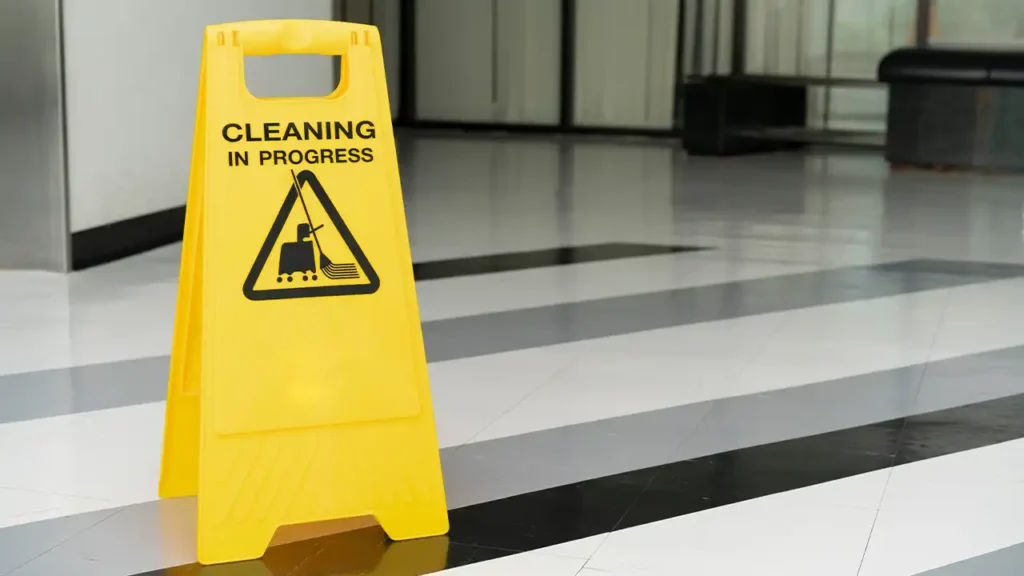
In our ever-evolving world, cleanliness stands as an enduring testament to both care and professionalism. In this article we discuss 11 Alternatives to Pressure Cleaning. Whether you’re safeguarding a home’s cozy atmosphere or ensuring a business space remains welcoming and hygienic, the methods you choose to achieve cleanliness play a pivotal role. From age-old techniques that have withstood the test of time to innovative procedures harnessing the latest in technology, each cleaning method has its unique attributes and applications.
This guide delves deep into a range of cleaning techniques, explaining their mechanisms, and highlighting their practical uses for homeowners and businesses alike. By understanding the intricacies of these methods, one can make informed choices, guaranteeing not only a pristine environment but also the longevity and preservation of surfaces and items being cleaned.
Table of Contents
1. Steam Cleaning
How it Works: A steam cleaner works by heating water to a boiling point, creating a hot vapor. This vapor, under pressure, is then released and forced onto the surface to be cleaned. The heat and moisture of the vapor expand into tiny pores and nooks, breaking down grime, grease, and contaminants. As the vapor cools and condenses, it pulls the loosened debris out, which can then be wiped or vacuumed away away.
For homeowners Ideal applications include rejuvenating carpets, curtains, sofa fabrics, and car seats.
For businesses like hotels, refreshing room carpets, especially after spills or in pet-friendly rooms, is a common use.
2. Hand Scrubbing
How it Works: Hand scrubbing is one of the oldest and most straightforward cleaning techniques. It requires manual labor, a brush, or a scrubbing tool combined with a cleaning agent. The scrubbing action creates friction on the surface, which helps in dislodging and lifting dirt, grime, and stains. This is probably the most disliked method of all!
Homeowners often find it effective for grout lines or cleaning decorative items.
Business’s store owners might use this technique on anything customers might see, or anything they might use.
3. Soft Washing
How it Works: Soft washing uses a combination of low water pressure and specialized solutions (typically biodegradable detergents). This combination allows for the removal of organic growth like mold, algae, mildew, and bacteria from surfaces.
Homeowners can protect and clean exteriors like vinyl siding or painted wood. This is also a common way of House washing.
Business’s with mixed facade materials benefit by maintaining cleanliness and appearance. This process is great for cleaning hard to reach places.
4. Vinegar and Water Solution
How it Works: Vinegar, particularly white vinegar, contains acetic acid which has natural solvent properties. When diluted with water and applied to a surface, the acetic acid works to break down mineral deposits, dissolve grease, and neutralize odors.
Homeowners can use this to tackle hard water spots on shower doors.
While Eco-conscious businesses, such as spas, might adopt this solution for glass surfaces.
5. Baking Soda Paste
How it Works: Baking soda, or sodium bicarbonate, is a mild abrasive powder. When mixed with water, it forms a paste that can be applied to surfaces. This paste helps scrub away tough grime, and its alkaline nature can neutralize acidic stains and odors.
Homeowners combating burnt residues on stove-tops or ovens.
In a commercial context, kitchens might use this approach to de-grease oven interiors without resorting to harsh smelly chemicals.
6. Chemical Cleaners
How it Works: Chemical cleaners contain agents designed to target and break down specific types of stains. These agents can react with the dirt, making it easier to remove. Homeowners might use chemical cleaners for tough stains on driveways, or mould in the bathroom.
Businesses, such as auto repair shops, may employ specialized solutions for grease and oil cleaning challenges.
7. Soda Blasting
How it Works: Soda blasting involves propelling fine particles of sodium bicarbonate at a surface, acting as a gentle abrasive.
Homeowners might restore old wooden furniture pieces by removing layers of old paint using this method.
Business’s: On a larger scale, restoration firms might adopt soda blasting for tasks like rejuvenating vintage cars.
8. Sandblasting
How it Works: Sandblasting forces fine granules of sand onto a surface using compressed air. This abrasive action strips away old paint, rust, or coatings.
Homeowners might prep metal patio furniture for painting using sandblasting,
Business/Commercial: Body repair shops/shipyards could use this technique on ship hulls before repainting.
9. Dry Ice Blasting
How it Works: Dry ice blasting uses solid carbon dioxide pellets, which, when propelled at surfaces, offer residue-free cleaning.
Homeowners: The process is especially useful for homeowners cleaning intricate woodwork or ornate doors.
Business/Commercial: In industrial contexts, electronics manufacturers might find this method ideal for cleaning components without introducing moisture.
10. Electrolysis
How it Works: Electrolysis passes an electric current through a solution, prompting specific chemical reactions. In cleaning, it’s often used to remove rust.
Homeowners can restore rusted heirlooms or tools with this method.
While businesses like antique stores might rejuvenate old metal items to enhance their retail value.
11. Brushing and Vacuuming
How it Works: Brushing and vacuuming combine to offer a two-step cleaning process. While brushing agitates and loosens surface contaminants, vacuuming lifts and removes them.
Homeowners can refresh outdoor cushions covered in dust and pet hair.
Business: Retail stores can maintain fabric or carpet display products to keep them looking appealing to potential buyers.
Conclusion
In essence, the realm of cleaning is as diverse as it is essential. Whether rooted in time-honored traditions or blossoming from technological advancements, each method offers unique advantages tailored to varied needs. For homeowners, these techniques can breathe new life into cherished possessions and spaces, creating a haven of comfort and cleanliness. Businesses, on the other hand, can maintain a professional facade, ensuring the health and satisfaction of both employees and clientele.
Ultimately, understanding and selecting the right cleaning approach isn’t just about appearance; it’s a testament to care, diligence, and the commitment to lasting quality. As we navigate the complexities of maintaining our spaces, it’s reassuring to know that there’s a cleaning method out there, ready and equipped to meet any challenge. I hope you found an alternative to pressure cleaning, please take a look at our Blog page for more great articles.
If you are looking for Pressure cleaning or Soft washing please contact us on 0487 000 328 or visit www.pressurewashed.com.au
